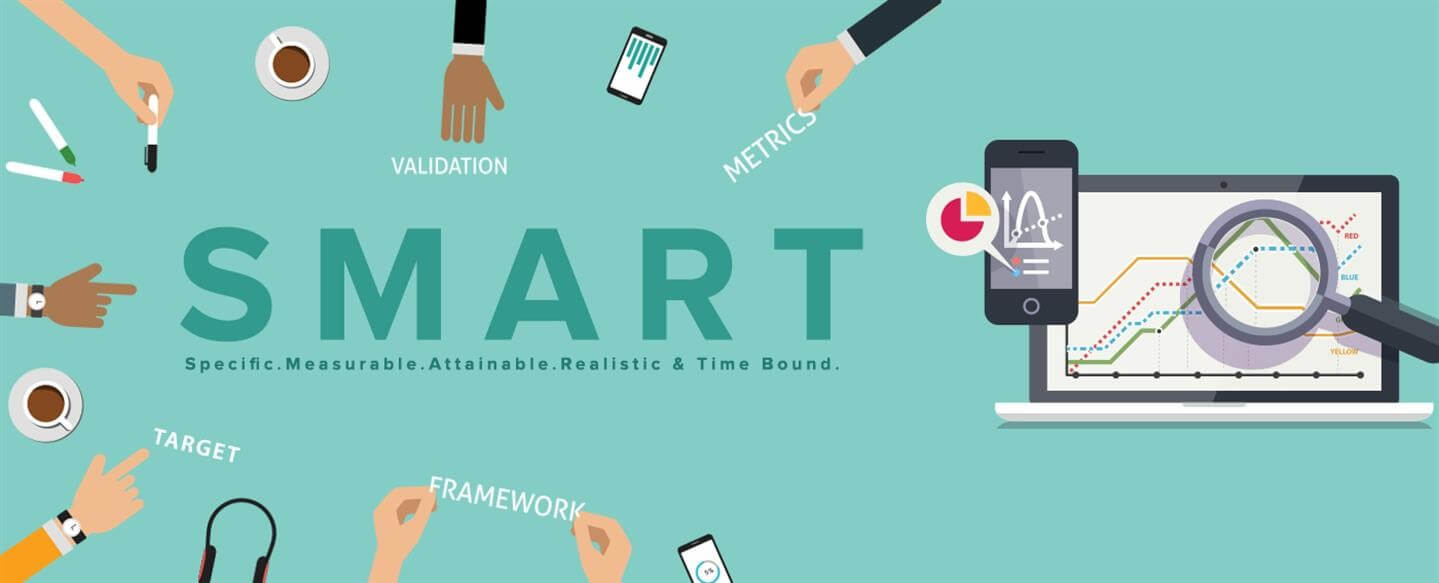
This blog is part one of a three part series discussing how to create, develop and maintain the digital profile for your brand.
A digital profile is an essential element of any contemporary organisation. Most companies know they need one, however, there is a lot of confusion around the process of how to go about building one. The purpose of this blog is to explain and illustrate, the key steps to building a successful digital profile for your brand. A digital profile is a key component of the marketing strategy of a brand; therefore, the rules of traditional marketing still apply. So what do you do first? Exactly the same as you would for any campaign, research, research, and then research some more.
Any marketing initiative begins with a plan (or should do at least). First, identify the objectives. What is it that you are trying to achieve here? It may sound obvious, however, if there are no clear objectives then how can you measure the success or failure of the initiative? One of the wonderful things about Social Media is the metrics, it’s very easy to measure the progress, success or failure of any objective.
There may be multiple objectives of a digital brand campaign. For example:
‘To increase online mentions or ‘citations’ of the brand by 25% within the next two quarters.’
Another example could be:
‘To build a Twitter community of 500 or more followers by the end of Q2, with a ratio of followers to following of 2:1.’
All objectives should be defined within the parameters of the ‘SMART’ criteria: Specific, Measurable, Attainable, Realistic and Time Bound.
Once you have identified what you are trying to do, the next step is to work out who you are trying to reach. Who are we trying to talk to here? Is it our existing customers or are we trying to gain traction in a new market, who is the target public? Is it possible to segment the group by age, gender, socioeconomics, psychographics or geographic location?
Once the group has been identified, the next step is to work out where this group congregates online and what it is that they do there. This is called building a technographic profile of the target demographic. In simple terms, it is an analysis of the online behavior of the target audience. For example, 60% of Gen x are active contributors to Facebook. To communicate effectively with the target group it is necessary to identify the category that the group belongs to. For example, it is pointless to design a campaign that requires a response, if your target group is predominately spectators.
Other ways could include running searches around relevant terms and follow the trails back to the original posts, they will lead you to the source tool.
Select the most relevant social media tools to communicate with your target group. By this stage in the process, the relevant tools will have made frequent appearances in your research, after that it’s a matter of narrowing them down to a select few. Platform selection should be based on the volume of activity on each one and the amount of resources available to work the accounts. A polymorphic (multi-channel) digital strategy is only effective when the capacity is available to manage the accounts properly. If resources are thin on the ground then be selective about your choice. In other words, it is far more productive to post frequently to fewer platforms, than to take a scatter gun approach to multiple platforms.
The word choice, language tone and selected images, should all be consistent with the communication style for the entire brand. Social media is a medium for communicating with your customers, it’s important for brand integrity that all communication is consistent with the overall marketing strategy and the existing personality of the brand. If the tone of the brand is young, fresh and a little bit cheeky, for example Naked Bus, then all brand communication and messaging should follow suit. The hilarious antics of ‘Susie’ the marketing intern at Naked Bus, is a wonderful example of a very different approach to social media, executed within a clearly defined and consistent strategy.
Successful digital marketing doesn’t just happen. Setting up a Facebook page only takes a few minutes, working out who you are trying to reach, what you are trying to say and how you are going to say it all takes a wee bit longer. Spending time on planning, research, tailoring and targeting, will ensure strategic platform selection and result in the construction of a dynamic digital profile to successfully promote your organisation online.